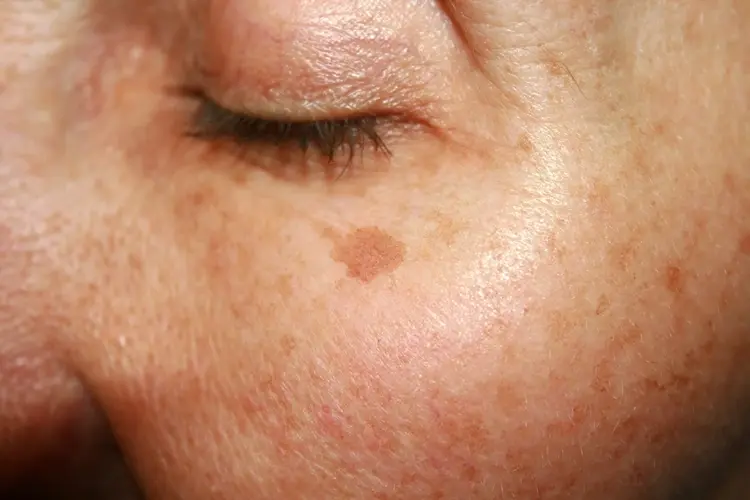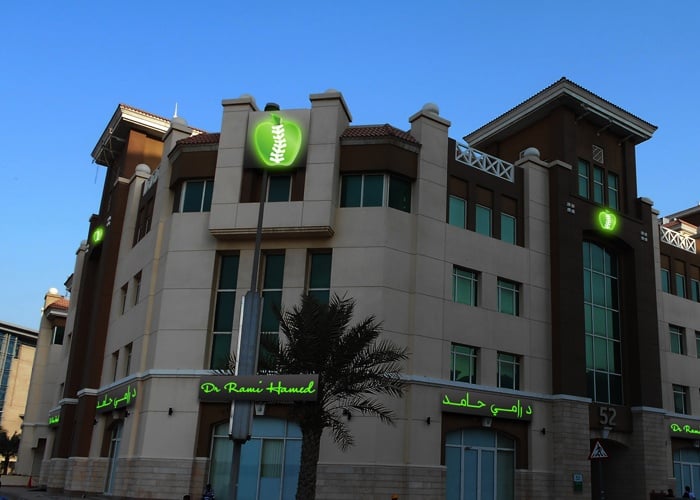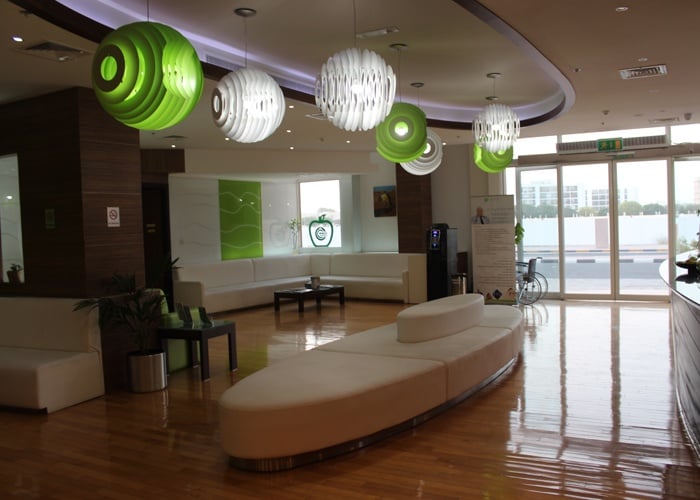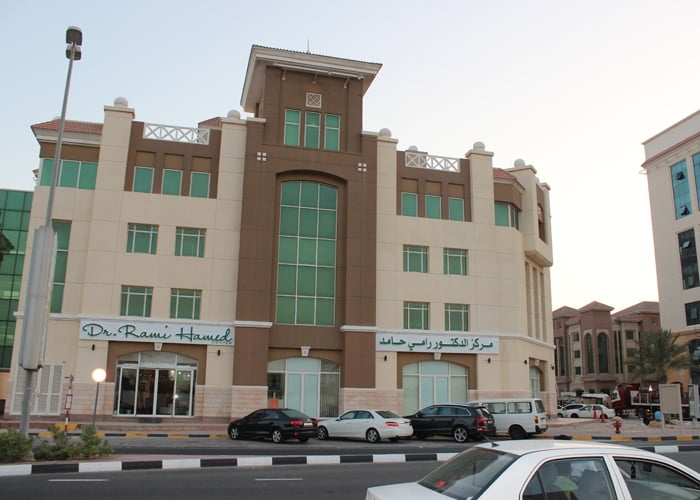Precancerous Lesions (Actinic Keratosis) in Dubai
Constant sun exposure can cause long-term damage to your skin, leading to the development of rough, scaly patches known as actinic keratosis (AK) — a type of precancerous skin lesion that can sometimes progress to skin cancer if left untreated.
At Dr. Rami Hamed Center (DRHC), our expert dermatologists provide advanced and precise Actinic Keratosis Treatment in Dubai, helping detect, manage, and remove these lesions before they become harmful. We use modern diagnostic tools and proven treatment techniques to ensure your skin remains healthy and cancer-free.
Read: How to Spot Precancerous Skin Lesions Early in Dubai
What Is Actinic Keratosis (Precancerous Skin Lesion)?
Actinic keratosis (AK), also known as a precancerous skin lesion, is a rough, dry, or scaly patch on the skin caused by long-term exposure to ultraviolet (UV) radiation from the sun or tanning beds. It is most commonly found on sun-exposed areas such as the face, scalp, ears, neck, forearms, and hands.
If not treated, some actinic keratoses may progress to squamous cell carcinoma, a form of skin cancer. Therefore, early diagnosis and professional care are crucial.
Common symptoms include:
- Rough, scaly, or crusted patches on the skin
- Red, pink, or brown discoloration
- Burning, itching, or tenderness in the affected area
- Dry or raised lesions that don’t heal
Who Is at Risk of Developing Actinic Keratosis?
You may be at a higher risk of developing precancerous skin lesions in Dubai if you:
- Spend a lot of time outdoors under the sun
- Have fair skin, light eyes, or blond/red hair
- Are over the age of 40
- Have a history of sunburns or excessive UV exposure
- Have a weakened immune system
Even in sunny regions like Dubai, consistent sun protection and routine skin checks can significantly reduce your risk.
Advanced Actinic Keratosis Treatment Options at DRHC Dubai
At DRHC, we offer several advanced and minimally invasive treatment options for actinic keratosis and precancerous skin lesions, ensuring effective removal with excellent cosmetic outcomes.
1. Cryotherapy (Freezing Technique)
Liquid nitrogen is used to freeze and destroy the abnormal skin cells. This is a quick, effective, and minimally invasive method for early lesions.
2. Topical Medications
Prescription creams such as 5-fluorouracil, imiquimod, or diclofenac are used to treat multiple lesions or widespread sun damage.
3. Photodynamic Therapy (PDT)
A light-activated treatment that destroys abnormal skin cells while preserving surrounding healthy tissue.
4. Laser Therapy
Advanced laser treatment in Dubai can precisely remove actinic keratosis lesions, stimulate new skin regeneration, and minimize scarring.
5. Surgical Removal (Curettage or Excision)
For thicker or suspicious lesions, surgical removal may be performed, followed by a biopsy to ensure complete clearance and rule out malignancy.
Our dermatologists at Dr. Rami Hamed Center tailor every Actinic Keratosis Treatment in Dubai to the patient’s skin type, lesion severity, and cosmetic goals.
Read: Treatment Options to Prevent Skin Cancer: DRHC Dubai
Why Choose DRHC for Actinic Keratosis Treatment in Dubai?
At Dr. Rami Hamed Center (DRHC), we combine medical precision, experience, and advanced technology to detect and treat precancerous skin lesions safely and effectively.
Why Patients Trust DRHC:
- Board-certified dermatologists in Dubai with expertise in skin cancer prevention
- Advanced diagnostic tools for early lesion detection
- Minimally invasive and aesthetic treatment options
- Comprehensive skin cancer screening and follow-up care
- Conveniently located in Dubai Healthcare City
Our focus is not just on removing lesions, but also on protecting your skin from future sun-related damage.
Tips to Prevent Actinic Keratosis & Skin Damage
- Apply broad-spectrum sunscreen (SPF 30+) daily
- Avoid excessive sun exposure between 10 a.m. and 4 p.m.
- Wear protective clothing, hats, and sunglasses outdoors
- Regularly check your skin for new or changing lesions
- Schedule annual dermatology skin check-ups




.png?width=281&height=59&name=bookanappointment%20(1).png)




